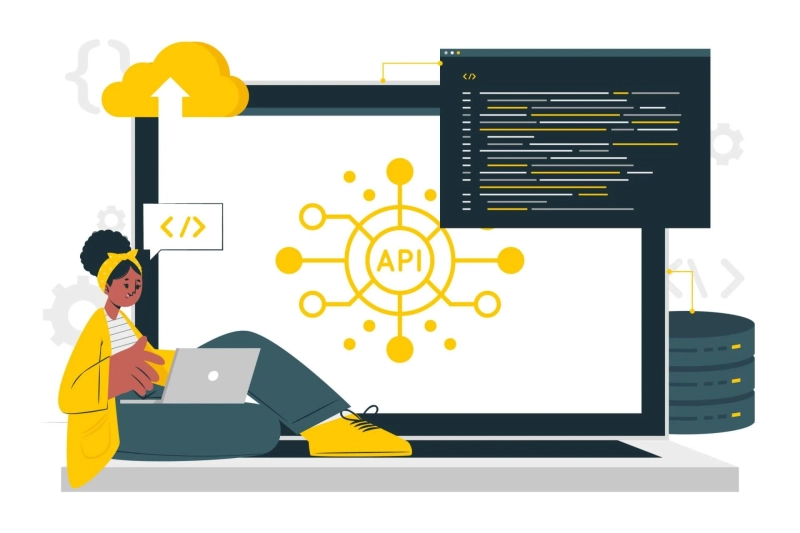What is Full Stack Development, and why is it important? Full Stack Development refers to the process of building web applications that include both front-end and back-end development. This means that a Full Stack Developer can work on the client-side (front-end) of an application as well as the server-side (back-end) of an application.
The Fundamentals of Full Stack Development
Before diving into the latest Full Stack Development techniques, let's first review the fundamentals. The key to being a successful Full Stack Developer is having a strong foundation in both front-end and back-end development.
HTML, CSS, and JavaScript
HTML, CSS, and JavaScript are the building blocks of front-end development. HTML provides the structure of a web page, CSS adds styling and design, and JavaScript brings interactivity to the page.
Backend Technologies
On the backend, developers use a variety of technologies to create server-side applications. These technologies include programming languages such as Python, Java, and Ruby, as well as frameworks such as Node.js and Django.
Databases
Full Stack Developers also need to know how to work with databases to store and retrieve data for their applications. Some popular databases include MySQL, PostgreSQL, and MongoDB.
Progressive Learning Techniques for Full Stack Development
Now that we have reviewed the fundamentals, let's dive into the progressive learning techniques that Full Stack Developers can use to stay ahead of the curve in 2023.
Microservices
One technique that Full Stack Developers can use to stay up to date is to learn about microservices. Microservices are a way of building software applications as a suite of small, independent services. This technique allows for greater flexibility and scalability, as well as easier maintenance and updates.
Serverless Architecture
Serverless Architecture is another technique that is becoming increasingly popular in Full Stack Development. This approach allows developers to build applications without the need to manage servers or infrastructure. This technique can help developers reduce costs and increase scalability.
Machine Learning and AI
In 2023, Machine Learning and Artificial Intelligence are expected to play an increasingly important role in Full Stack Development. Full Stack Developers can learn about these technologies and use them to build smarter applications that can learn and adapt over time.
Blockchain
Blockchain is another technology that is expected to become more important in Full Stack Development in 2023. Full Stack Developers can learn about blockchain and use it to build secure, decentralized applications that can be used in a variety of industries.
Conclusion
In conclusion, Full Stack Development is a highly sought-after skill in the software development industry. As we move into 2023, it is important for Full Stack Developers to stay up to date with the latest techniques and technologies. By learning about microservices, serverless architecture, machine learning, AI, and blockchain, Full Stack Developers can stay ahead of the curve and build innovative applications that meet the needs of the modern world.
Frequently Asked Questions (FAQs)
Q1. What is Full Stack Development?
Full Stack Development refers to the process of building web applications that include both front-end and back-end development.
Q2. What are the fundamental skills needed to become a Full Stack Developer?
The fundamental skills needed to become a Full Stack Developer include proficiency in HTML, CSS, JavaScript, and a back-end programming language such as Python, Java, or Ruby. Additionally, knowledge of databases such as MySQL, PostgreSQL, or MongoDB is also important.
Q3. What are microservices?
Microservices are a way of building software applications as a suite of small, independent services that can communicate with each other through APIs. This approach allows for greater flexibility and scalability, as well as easier maintenance and updates.


